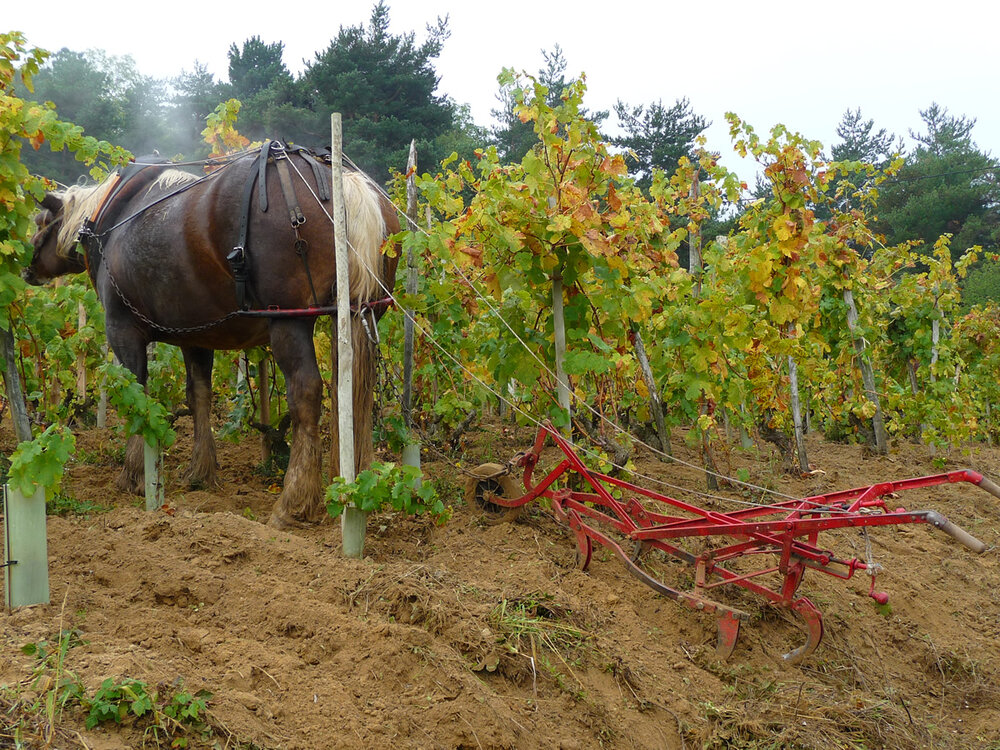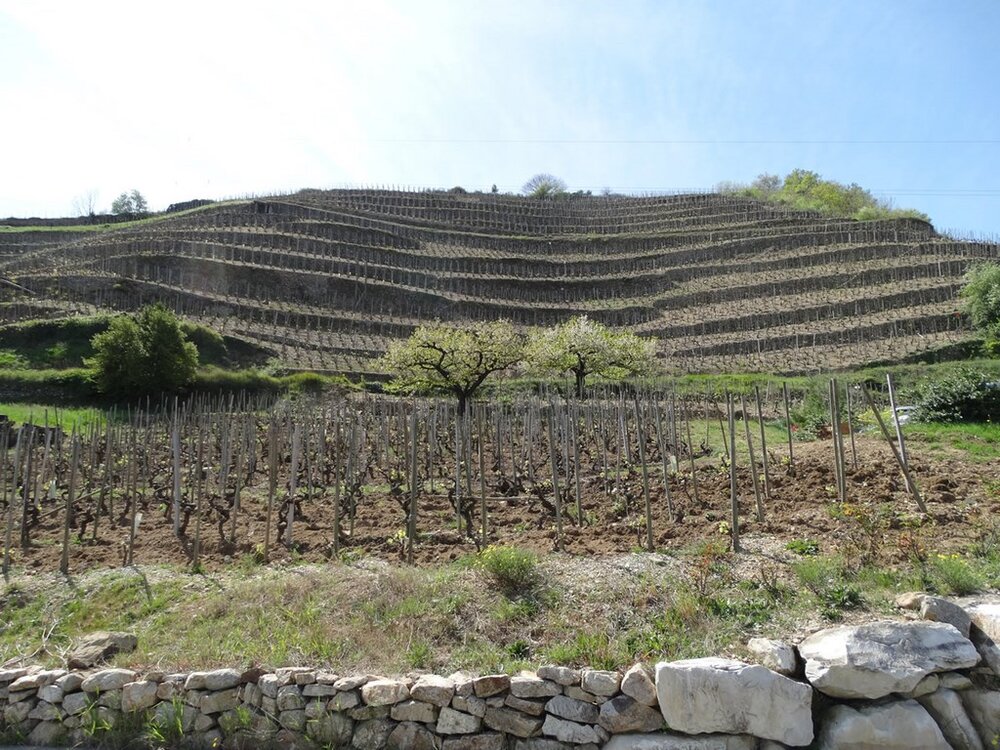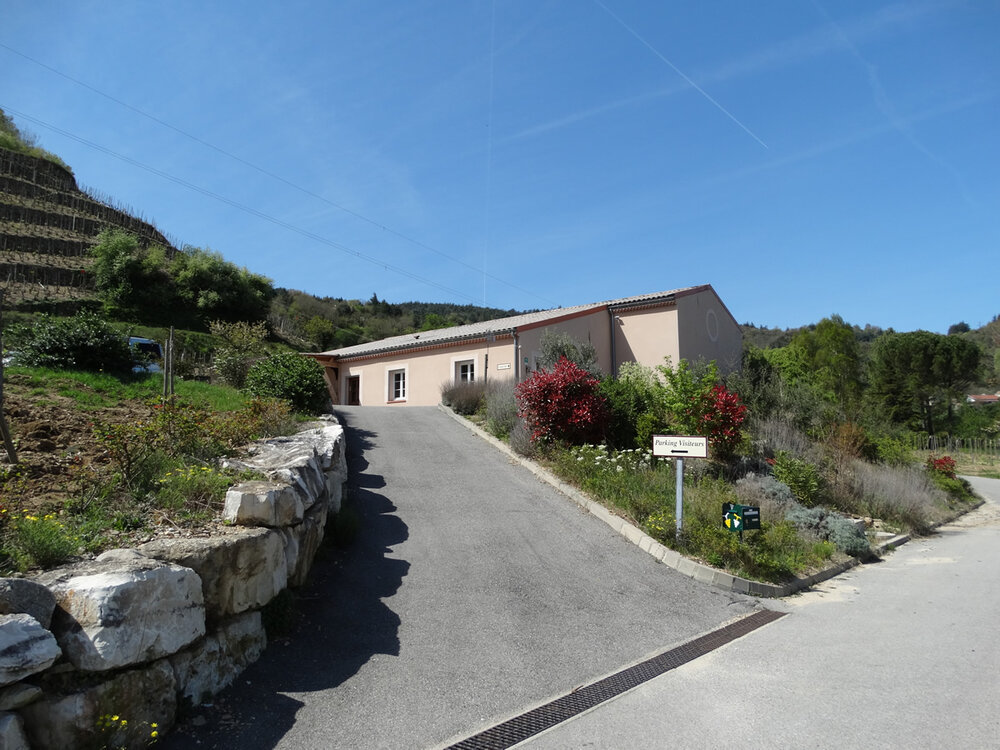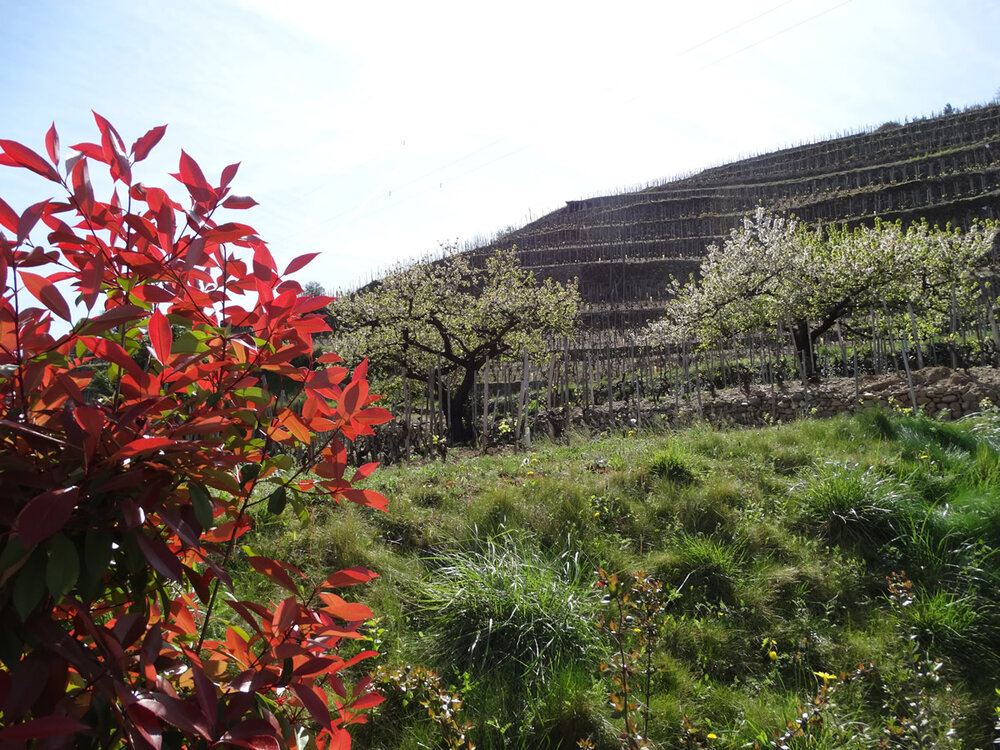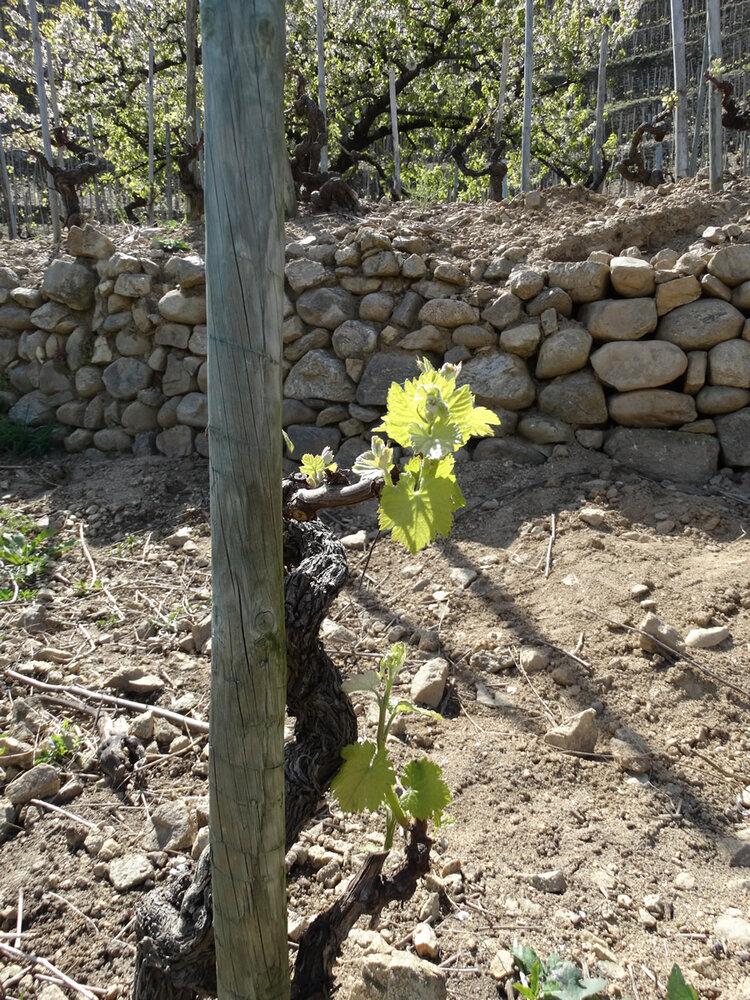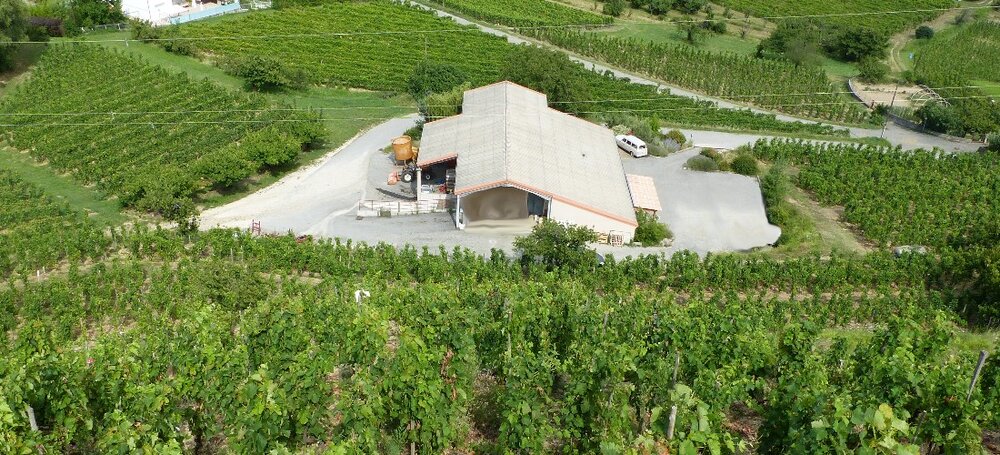Rhône School: St-Joseph
Millennia ago, a geological collision between the Massif Central mountains and the Alps created a valley, which was then flooded by the Mediterranean Sea. That flood created the Rhône River, and thus the Rhône Valley was born, a region that would eventually become one of the most important wine producing areas in the world. Planted and adored by the Romans, it is also one of the oldest.
Today, it’s widely known that some of the best Syrah and Grenache on the planet come from Rhône, but do we really understand why? This line of inquiry led us, meaning Keith and I, to create Rhône School, your biweekly-ish dive into the Rhône, region by region, rock by rock, with a blog-toothed comb.
We’re starting with St-Joseph, which might not be the most obvious place to start. It’s not the most prestigious, nor the most collected region in the Rhône—but perhaps it’s the most misunderstood. What started as a collection of 6 villages on the western bank of the Rhône River, quickly expanded into more than 40 miles, from Condrieu to St-Peray, 25+ villages all lumped under the same appellation. Because of the rapid rate of expansion, St-Joseph became known as an appellation whose quality was unpredictable: sometimes sublime, sometimes so-so. The key here is to look for those original villages surrounding Tournon (the communes of Vion, Lemps, St-Jean-de-Muzols, Tournon, Mauves, and Glun), where the terroir is very special, and you can count on the wines to be too.
The wines of St-Joseph, in general, are not quite as ripe as those of Hermitage, its neighbor across the Rhône River, as the vineyards see up to two hours less sun exposure each day (though they do often share the same granite soils). And they don’t tend to have the richness of Cornas, which can be sheltered from the cold northern winds and thus produce wines in a more lush style. But there are aromatics and complexity aplenty, as well as structure and intrigue. The best St-Joseph are not full-throated opera singers but passionate folk singers; not Placido Domingo, but Joni Mitchell. And the best part? You don’t have to pay opera prices for them or put on your evening gown.
Take, for instance, the wines of Domaine Guy Farge in the St-Jean-de-Muzols region, whose family has been growing grapes in St-Joseph since 1920. Originally a grower who sold fruit to producers such as the Cave de Tain and Delas, Guy turned his focus to making his own wine in 2007. In 2018, his son Thomas joined him in the business. The wines of this family are exactly what you’d hope for in excellent, regionally expressive wines. They are elegant in texture but firmly structured, and there’s no doubt that they’ll unfurl beautifully over time. The aromatics are striking.
The domaine’s entry-level Syrah 2018 “Bouquet de Syrah” Ardeche Rouge is a great example of the quality-to-value ratio in this region. Jancis Robinson has likened St-Joseph to the Rhône’s version of Beaujolais, and this wine fits that bill. It’s bright and juicy with crunchy blueberry and blackberry fruit, underlined by Syrah’s tendency toward violets and peppers. It’s made in a style to keep the fruit fresh and the oxygen out during winemaking, so it really needs a decant to open it up before you drink it. The fruit comes from 25 year old vines, which is not too shabby for an entry-level cuvée. Made in stainless steel with indigenous yeasts.
The 2017 “Vania” St-Joseph Blanc is a white blend made from 80% Marsanne and 20% Roussanne, grown on granite soils. Half of it was fermented in stainless steel and half in large oak barrels, and it experienced a lot of lees stirring, so the wine gains a charming touch of creaminess in the process. This is very pretty, with elegant rose petals, white blossoms, and spice on the nose leading to a luscious texture on the palate. Hints of marzipan and honeycomb add pizazz.
The same 50/50 steel and oak process was applied to the 2017 “Terroir de Granit” St-Joseph Rouge. This has a lot of grip, in part thanks to partial stem inclusion, but it is loaded with succulent acid on the finish, so the effect is one of balance and savor. Yum! The Syrah shows notes of ripe plums, aged balsamic, ginger, and licorice.
The 2016 Guy Farg “Passion de Terrasse” St-Joseph Rouge is sourced from all the best sites and oldest vines, and it really shows the concentration of fruit possible in this terroir. Again, there’s a ton of grip on this from 100 percent stem inclusion, but the tannic structure will surely help this age for years in the cellar. All fermented and aged in large barrels, so this has a more hedonistic texture right off the bat. Lilac on nose, smoky cola on palate, yum, complex. Spice,olives, lots of power.
The domaine makes a velvety wine from Cornas, just south of St-Joseph. The 2016 "Harmonie" Cornas exudes bacon smoke and black fruit on a sumptuous body with beautiful concentration. This is singing right now, so grab it!
2017 “Grain de Silex” St-Peray Blanc. Ninety percent of this cuvée is Roussanne, which is an unusual cepage but it’s great to let this grape take center stage. The 2017 vintage was hot, so the Roussanne built plenty of personality, and it shows notes of pear, nutmeg, anise on the nose. That sweet fruit leads to spicy jasmine notes on the palate, and, as you might expect from a warm vintage, there’s a ton of texture. St-Peray is in the southernmost tip of the Northern Rhône, just south of Cornas. It waned in popularity for awhile, but is seeing a resurgence as producers return to its granite hillsides.
So, St-Joseph is all about the right people in the right places. For an excellent primer to this region’s potential, try Guy Farge. And stay tuned for more Rhône School!
- Kate Soto



